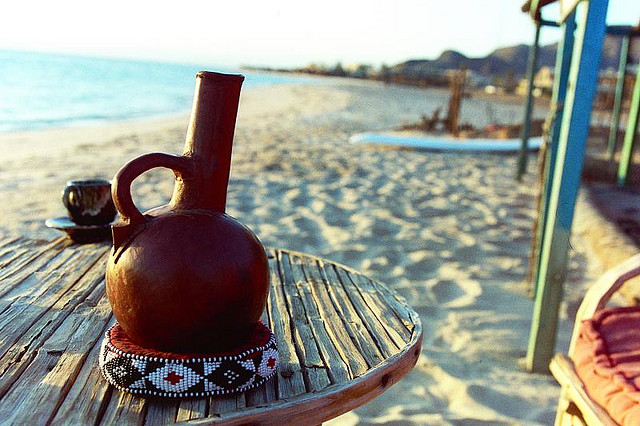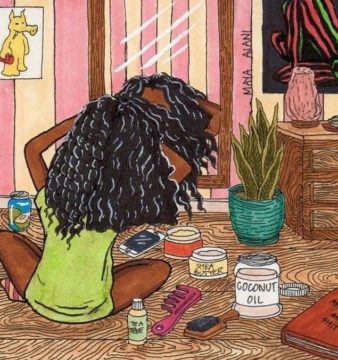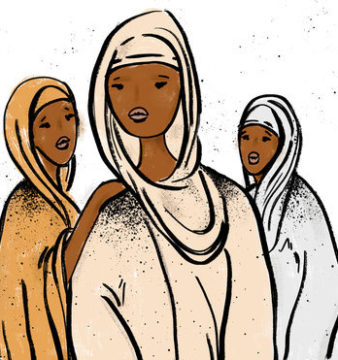My grandmother’s coffee rituals
After I came to the city from my village (Wadihaj, near Argo, on the Nile River, south of the borders with Egypt), whenever I returned, I didn’t want to miss my late grandmother’s coffee.
As I entered the same old house, few meters from the Nile, there was the familiar “baranda” (veranda) with its white clay columns supporting a roof of “morooq alsonot” (Acacia tree beams) and “sa’af” (dry date tree leaves). Yet, not perfectly shaded, because “raqraq” (spots of sun light) were reflected here and there on the dirt ground. The ground was well cleaned and lightly sprinkled with water to keep it smooth and to cool the veranda during the hot summer hot.
We sat on the few “anqaraibs” (wooden beds) under the veranda and were greeted by a combination of sweet and relaxing smells of the roasted coffee, “bakhoor loban” (myrrh incense) from the nearby “mobkhar” (incense burner) and the ground that was sprinkled with cool water.
My grandmother continued roasting the coffee beans in “alqalaya” (roasting pan), carefully and continuously shaking it over a charcoal “manqad” (grill). She masterfully added few “habahans” (cardamoms) to the beans to enhance their smell. Then, she stood-up, carried the pan and walked around, offering each guest a chance to closely smell. As each guest exclaimed “Allah, Allah” praising the smell, the art of roasting came to the forefront. The beans, we found out, should turn from grayish yellow to black, but not get burned.
My grandmother moved to the second step: grinding the coffee beans in “alfondok” (wooden mortar) with “yad alfondok” (metal pestle). Few of us helped, mostly to enjoy the smell. Grinding was also critical, because coffee ground too finely would seep through the strainer.
The third step was to boil the ground coffee in “alsharaqraq” (water boiling pot) that now replaced “alqalaya” on the charcoal “manqad.” After a few minutes, the coffee boiled to the top of the pot and almost spilled over, a sign that it was “cooked.” My grandmother had to be timely as to when to move the pot away from the fire.
The following step was to pour the coffee in “aljabana,” an elegant china serving pot decorated with colorful beads sitting on “alwiqaya” (donut-like clothes ring decorated with colorful beads). “Aljabana” sat in the center of a round copper tray, with about ten colorful “fanajeen” (small coffee cups), neatly arranged around the tray edge; “Alsokariyya” (sugar container) sat on the side.
Pouring coffee into the cups was another precise act (and art); this time one of us volunteered. Each guest was asked how many spoons of sugar he wanted and the server had to remember which cup belonged to which guest.
“Shoop, shoop, shoop,” the loud sound of taking that first sip was the climax, like being in Heaven.
My grandmother entertained her guests not only with the coffee, but also by telling stories and poems about her parents, grandparents and other relatives.
To be continued….






Hi My old friend,
It is really good that you’re writing and it is interesting to write about such details unknown to most, if not all, our generations born and educated abroad specially in the West.
The topic itself is quite interesting and the language says that you still have the same special character I have always known.
Thank you for sharing this interesting thing …
H i Osman, i could smell the aroma of coffee beans being roasted from your accurate description. excellent writing.